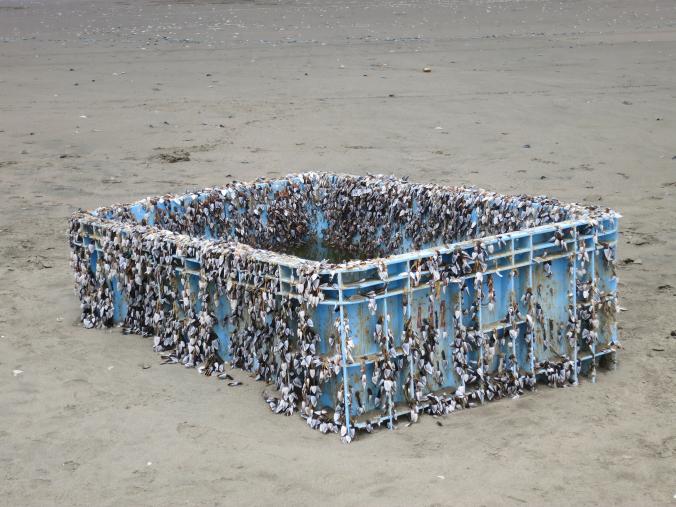Invasive Species Are Riding on Plastic Across the Oceans

We know plastics are as plentiful in parts of the open ocean as they are in our everyday lives. But, until recently, scientists didn’t consider that such debris could also be carrying a new wave of invasive species to the shores of the United States. Now they're finding that not only is that happening, but they suspect that some of the species will thrive.
Not long after the 2011 earthquake and tsunami that ravaged the east coast of Japan, a surge of floating trash—shellfish cages, portions of piers, entire fishing vessels—started washing onto the West Coast of North America and Hawaii. The tsunami had dragged Japan’s plastic infrastructure out to sea, where it bobbed toward North America. (Related: Japan Tsunami: 20 Unforgettable Pictures)
Scientists largely expected the debris to land, knowing the pace and direction of ocean currents. But they didn’t know that Japanese mussels, barnacles, and sea squirts could survive for six years on a trek across the Pacific Ocean and arrive not only alive, but ready to reproduce.

